Say Hello!
Sign In
- Experts Opinion
The basic guide to pack your backpacks for the weekend
Backpacking is a hectic job, there are many reasons for it. The main being finding the right amount of gear and clothes to take, not missing out on important things like socks. Also, once you?ve left to trek, it is near impossible to acquire things you might have forgotten, you have to survive with whatever your backpack holds. So, the most effective way to pack for a trekking trip of whatever desired duration is to make a checklist. A checklist will ensure that you don?t miss out on the most important stuff and it will also let you give real-time updates on what is missing from your backpack and what is not.
List down all the important things you would need for a weekend trek, it?s probably a two-day trek and you need to be efficient enough to pack all the things you would require for two days. You have to be a smart packer. Even if your trek is for two days, you will be experiencing the same level of survival instincts and needs like a week trek. So, you need every single stuff any kind of trek would require. So, keep that in mind. The only thing that could vary is toiletries and clothes and food supplies. Rest mostly everything is the same.
A weekend trek requires a compact and useful packing.
Here?s a small checklist for the same:
- Clothes:
- Night clothes:
- Carrying a camera:
- Sink care:
- Trekking Pole:
- Sleeping Gear:
- Food:
- Water:
- Cooking supplies:
- First aid
- Rain Protector
- Power bank (though we personally suggest you to go technology free on a trek, some of you still might need this)
- Toiletries
- Footwear:
Now, clothes/layers are the most important survival kit on high altitudes. If you have enough layers to beat the cold then you are sorted. Now, carrying a bulky jacket for the same might seem tempting but it is the wrong way to go. The best wat to beat the cold in high altitudes or even otherwise is to layer up; i.e. wearing 3 to 4 this layers that will help you contain the heat. To know about layering up in detail, read our blog, (Add layering blog).
It is always better to carry separate clothes when you sleep at night even though they seem unnecessary they can add extra protection from the cold and it?s also better to sleep in something more comfortable than trekking clothes.
You could either fit your camera in your backpack or get a separate camera bag which comes with a waist belt to give better support in carrying.
Even if you are trekking for the weekend, do care sink care products like sunscreen, sunglasses and baseball cap so that your skin is protected all the time. You could also wear a hat is not a baseball cap, but the idea is to protect your eyes and avoid tanning.
Trekking Pole would be useful for downhill and uphill treks, as it helps preserve energy and allows your body to perform for longer. In case you can?t carry or forgot to bring, keep an eye out for tree branches and sturdy stick which will act as a natural walking stick to support you.
Your tent and sleeping bag are essentials. At the end of the day you will need these two survival buddies to take proper rest and be re-energized for the next day, so make sure you have a sleeping bag which is lightweight, you can stuff it at the bottom of your backpack and then put other things on top of it. The tent and the sleeping bag can go at the bottom too but carry the tent rods outside by strapping them to your rucksack.
Food is the basic commodity to survive, even though you may plan on cooking something, it is always better to keep some protein bars, chocolates, dry fruits and nuts in your reach.
Water is something you will need every 10 minutes of your trek, so either get a pipe connected to it or place it at the top of your backpack since you will be using it frequently. Also carrying a purifier would be helpful because you can?t depend on the water you carry or available in the villages. Oral Rehydration Solution (ORS) is something you should need at all times because your body may need salts anytime and in a case of stomach infection or dehydration you may need your salts.
Even though you are carrying snacks it is hard to survive on them, so make sure you have your utensil, fuel and rations everything packed in order.
Whether your trip is for a week or a weekend First Aid Kit is the top necessity of your checklist. You never know when you will need minor medical attention or someone else you might be able to help in the way. So, ensure that you have a medical kit with basic medicines like combiflam, crocin, cough syrup, disprin, etc.
For a weekend trek, at most you should be carrying a poncho, raincoat or a rain jacket. It would also be nice if you have a rain cover for your backpack because once your things get wet, it will be difficult to repair the damage immediately, also for gadgets get a special packaging which is waterproof and can be sealed so no moisture can enter. You could also bring clothes that dry easily and those which are lightweight.
You will need your mobiles and cameras and GPS all the time. A power bank will surely come in handy during your trip. Don?t forget to fully charge it and only use it once you?ve started the trek, use normal plug points in hotels or guesthouses. Power bank is exclusively for situations where it is impossible to charge or find a plug point.
This is an essential category of packing. Get toilet papers, as you will not find the regular toilets and when nature calls, you want to clean up well. Bring soap, or preferably paper soap, which is easy to carry and pack.
Get comfortable footwear for your trek. Your feet should be able to breathe and they should have a good sole with a nice grip so that they act against friction and help you climb and walk through any terrain. You can also get a slim pair of flip flops for when you rest. Give a chance to your feet to breathe and take off your sock as well. Feet are prone to blisters and fungal infections during a trek, so it is important for you to take care of your feet.

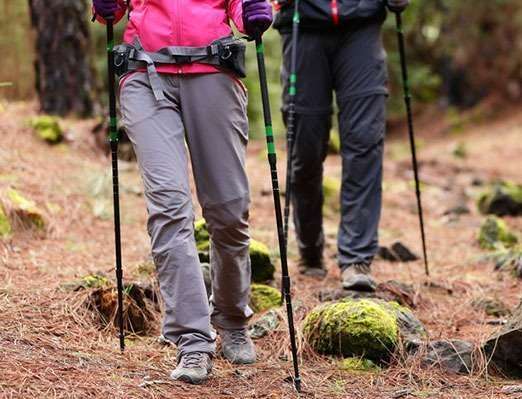
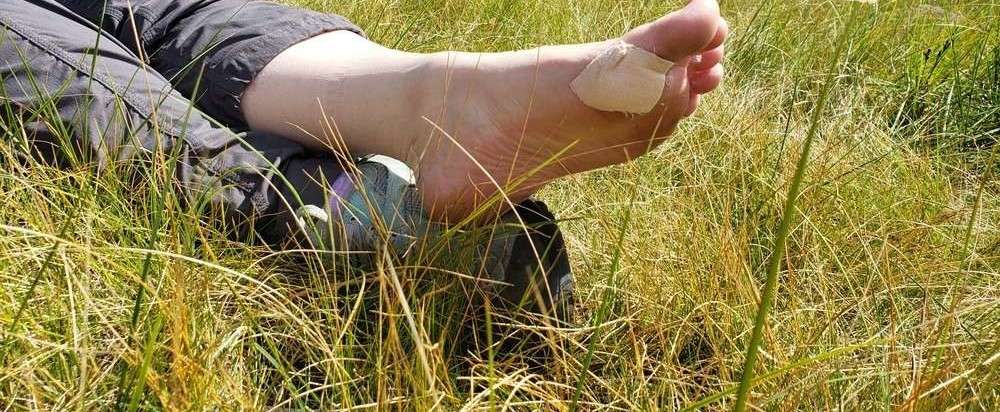
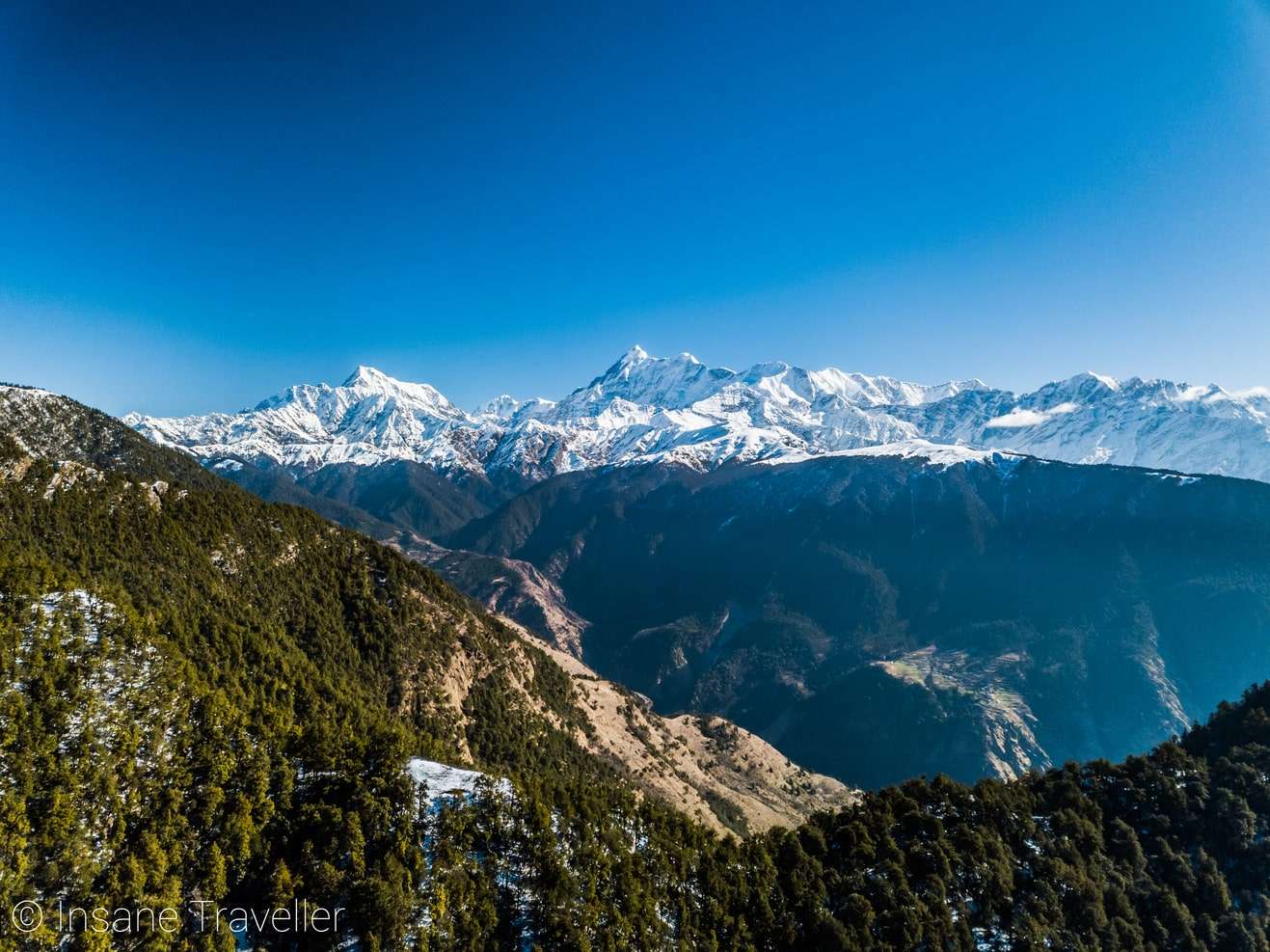
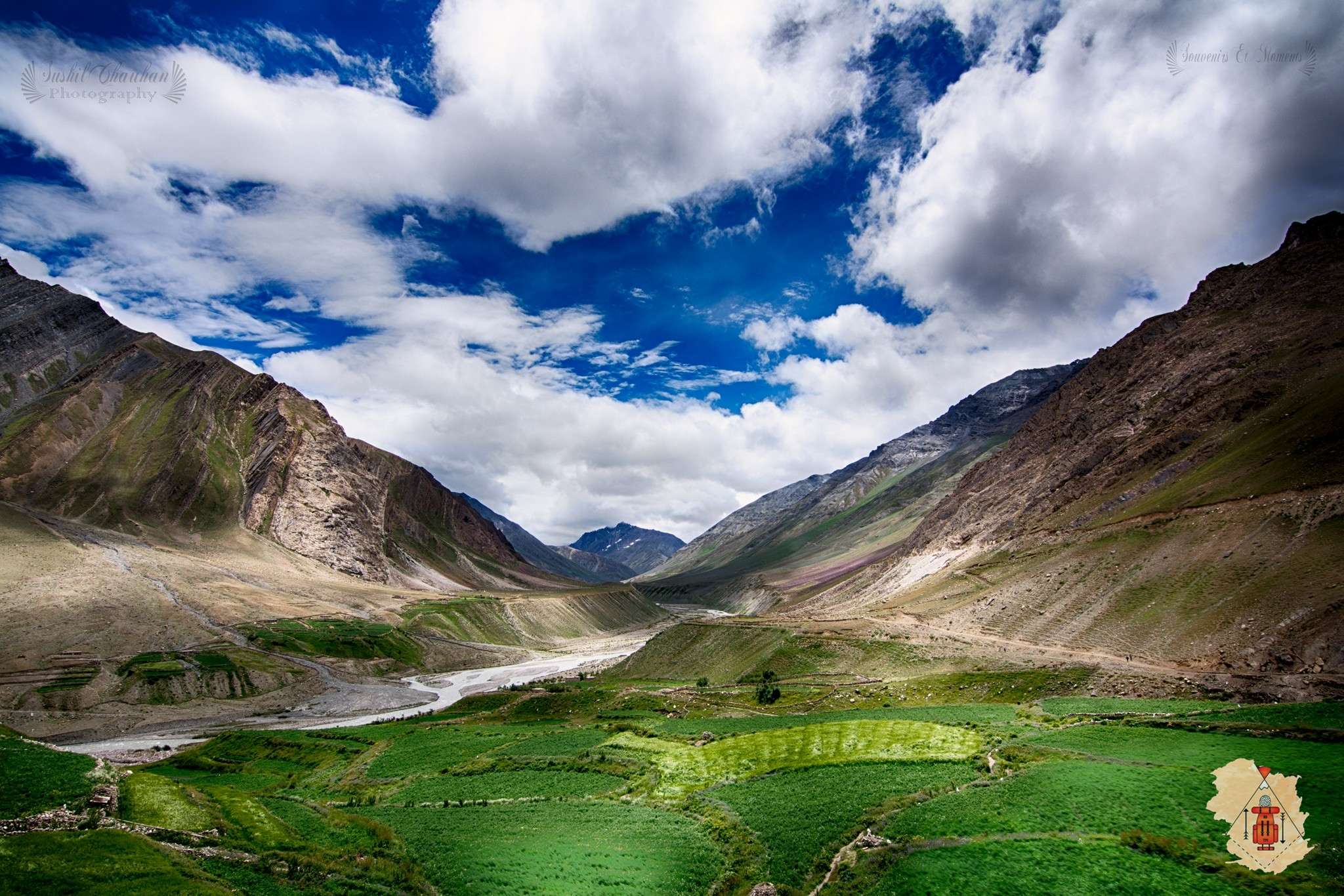
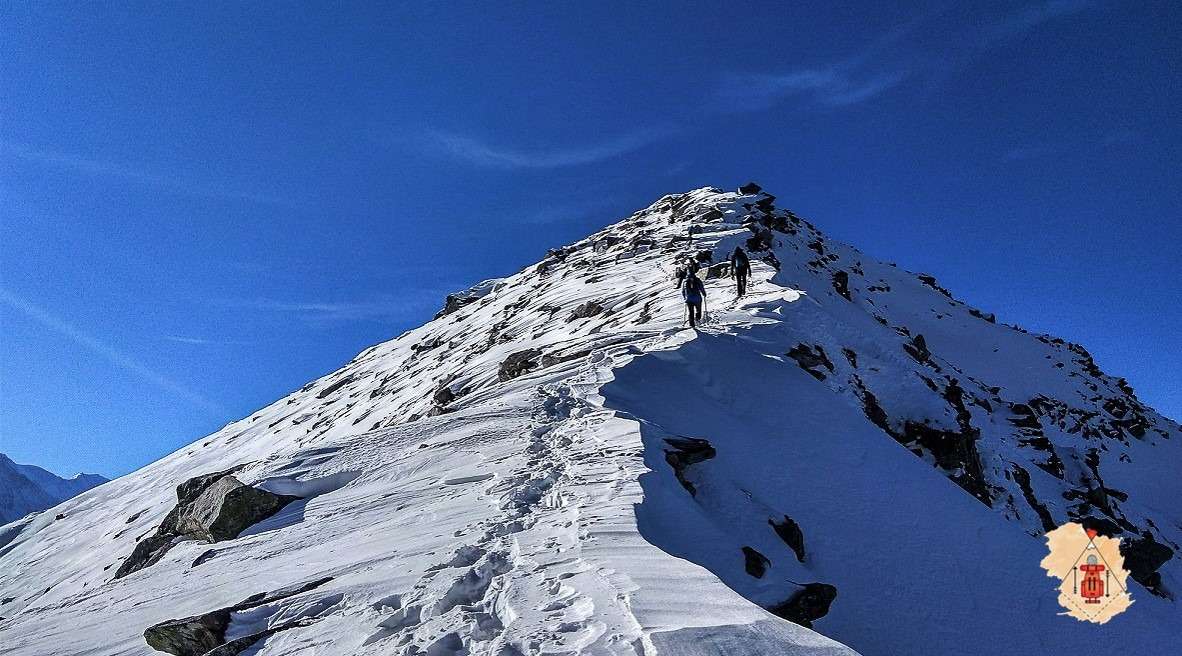
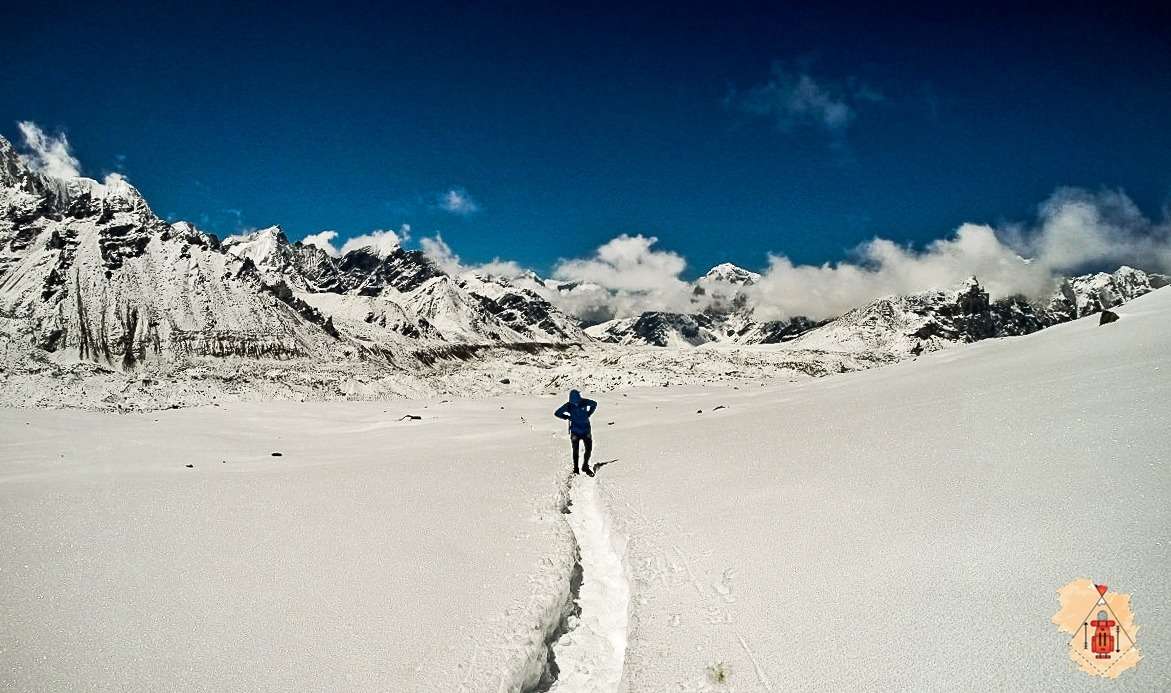
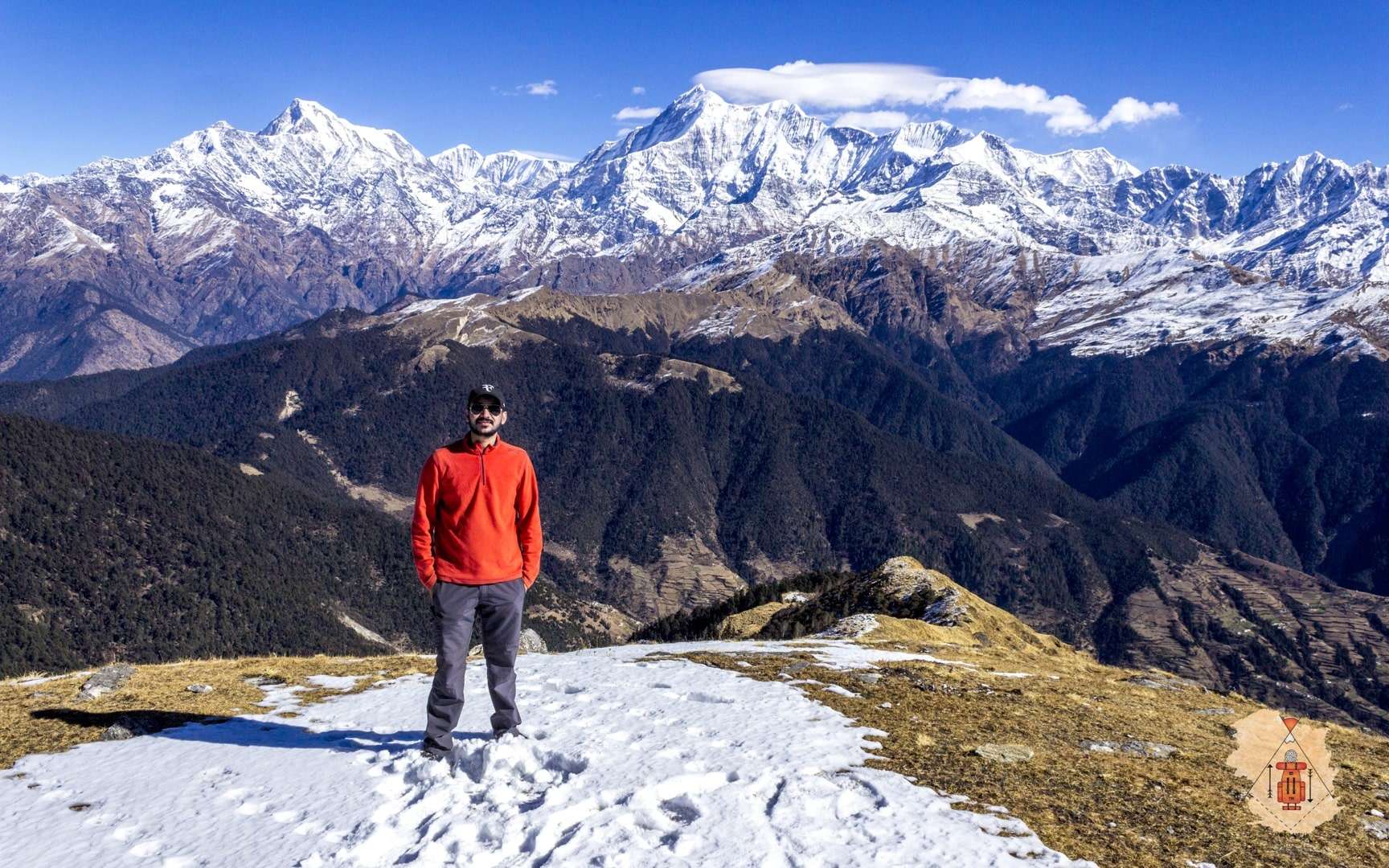
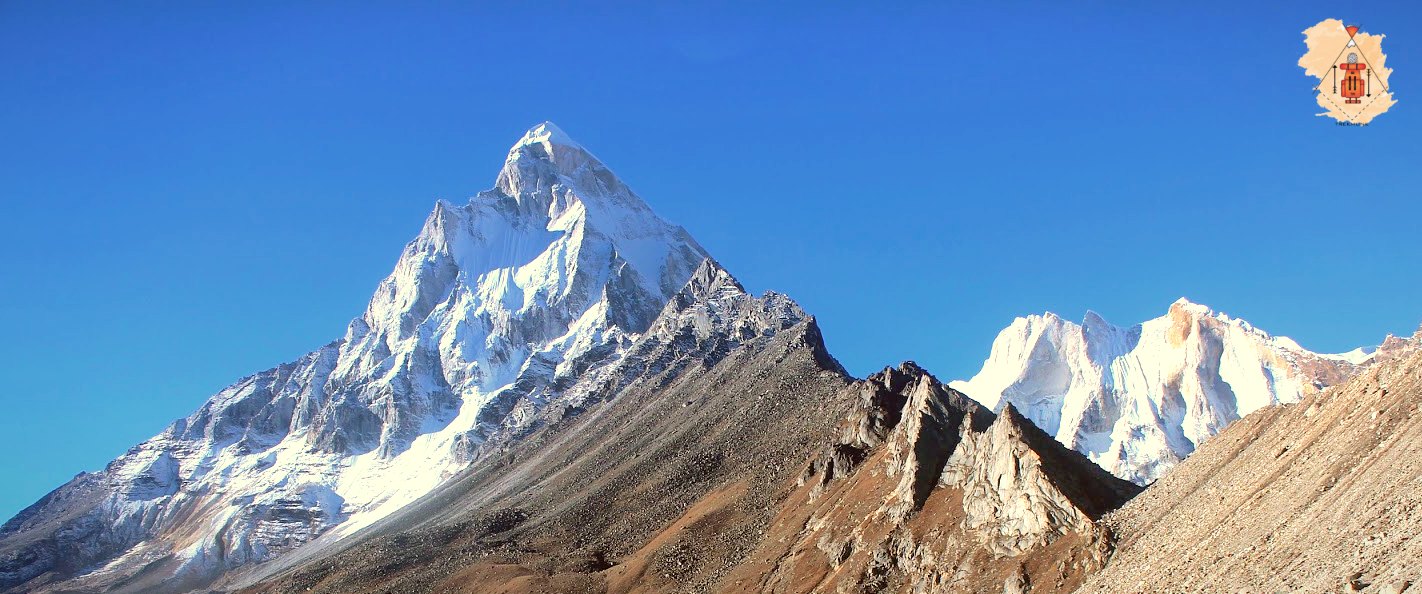

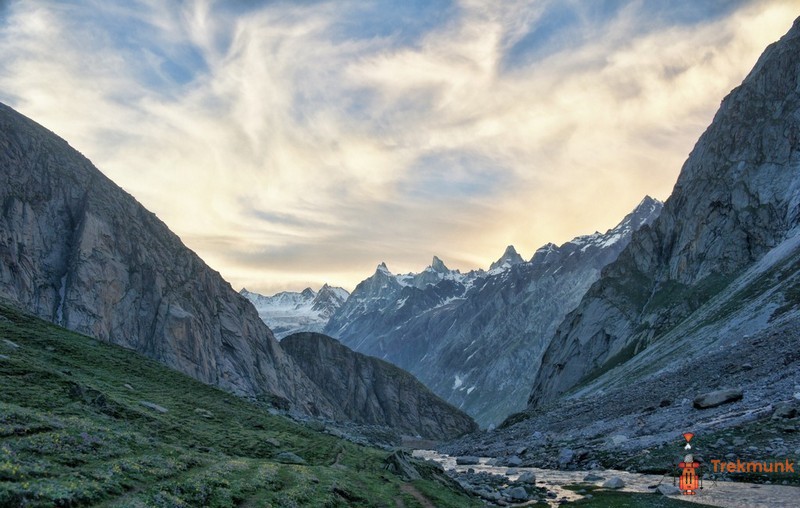
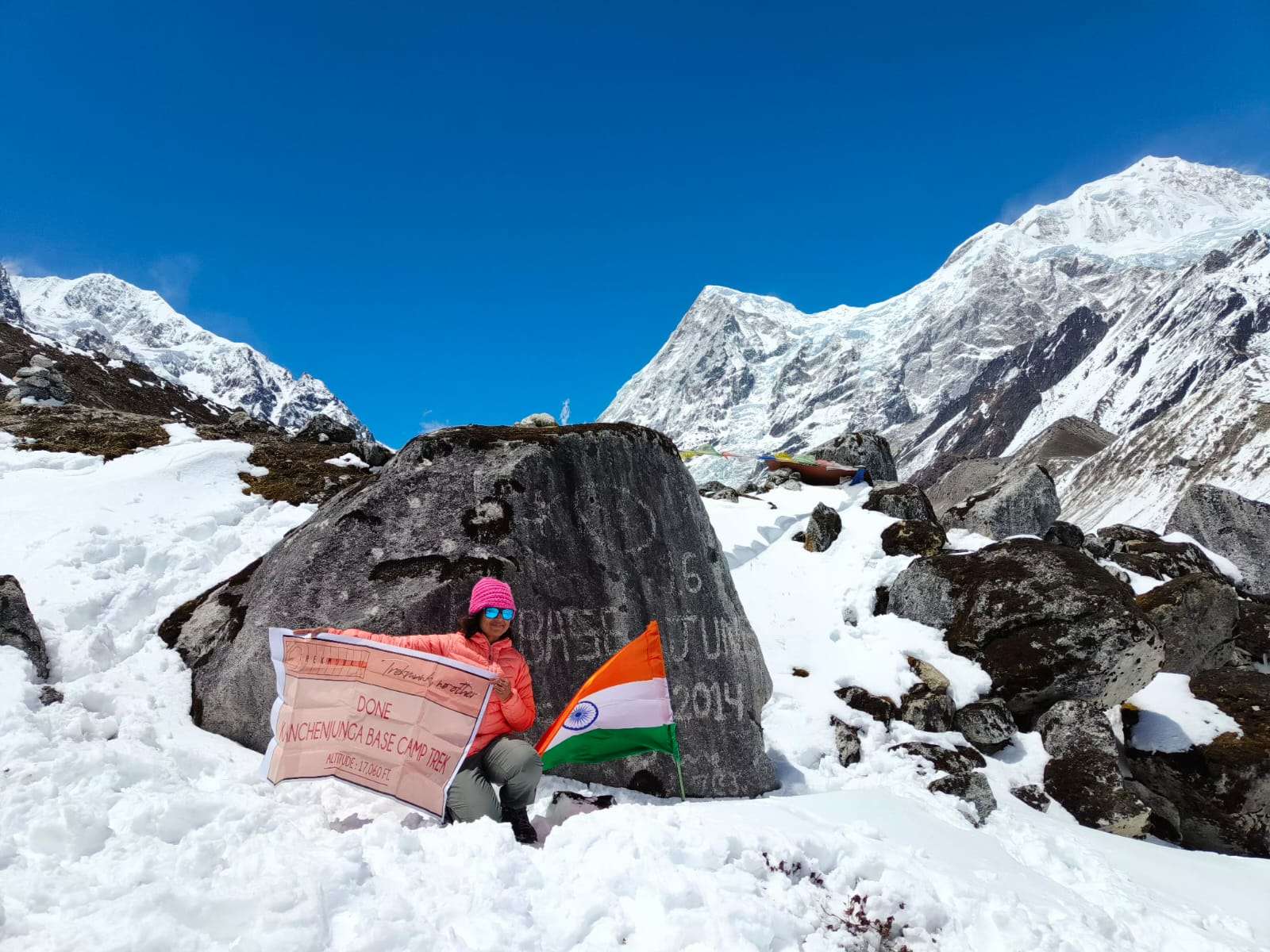
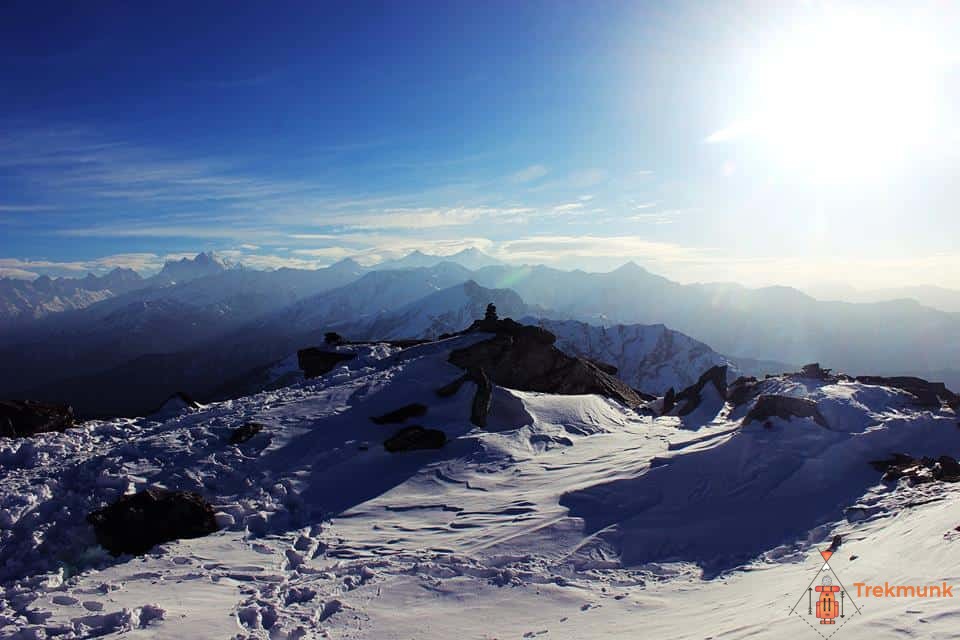
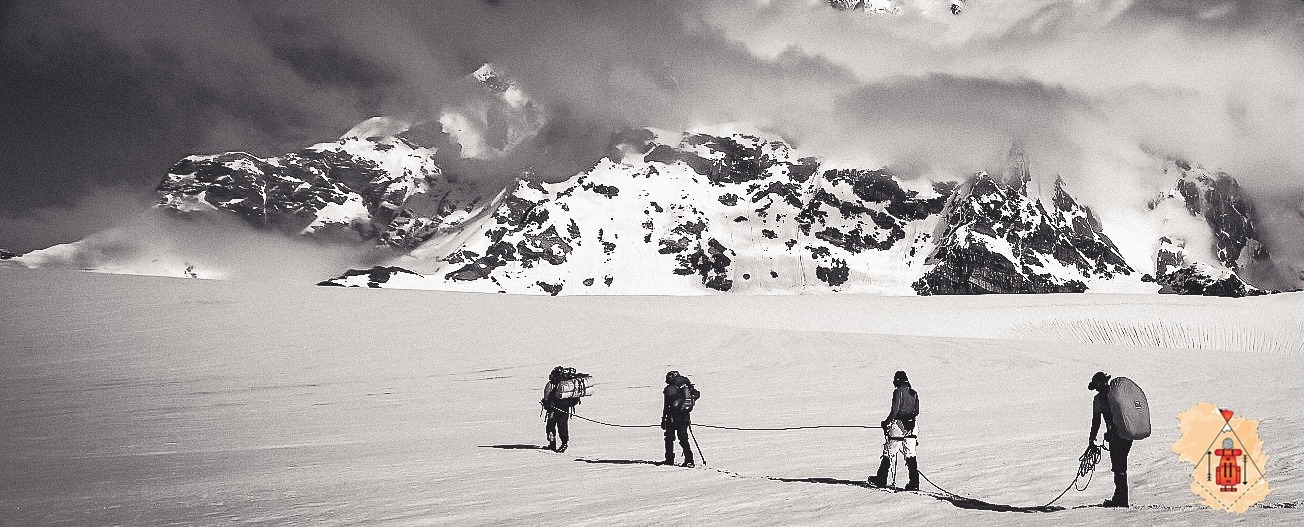
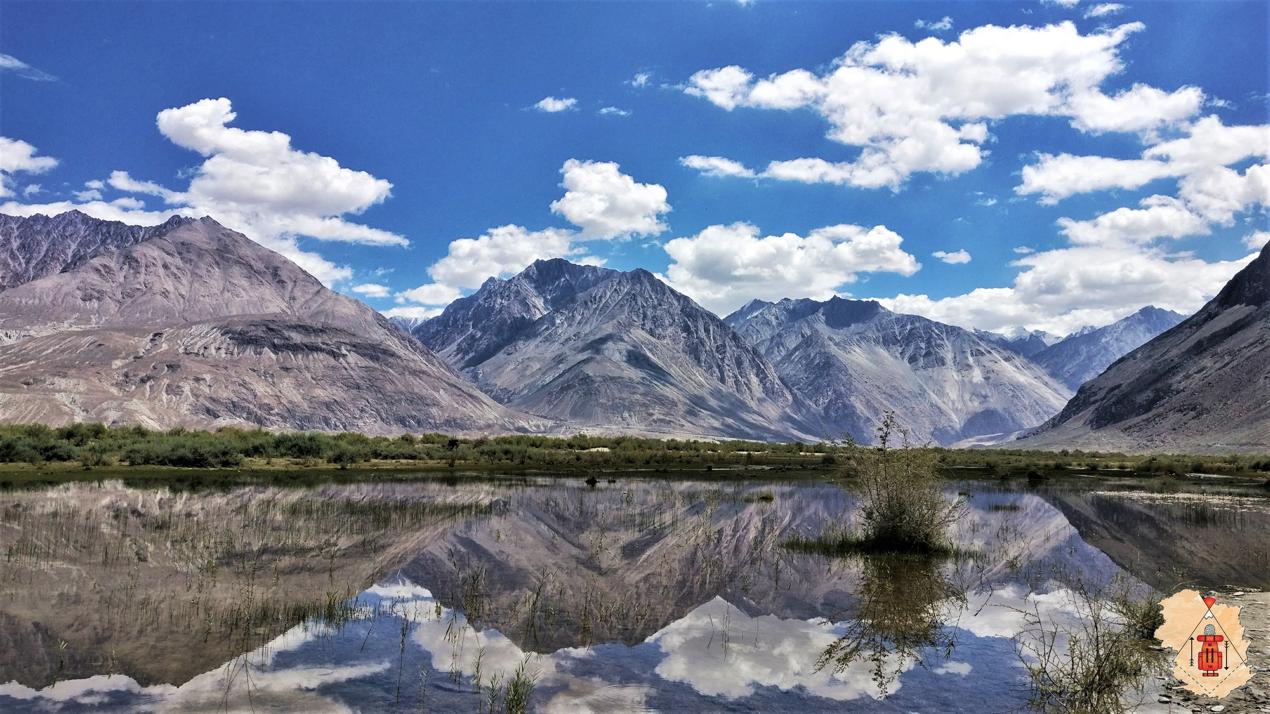
Harshit Patel : Co-Founder at Trekmunk. A certified Mountaineer, Skiier, has led more than 50 high altitude treks in the Indian Himalayas. He is an Engineer by profession but a traveler by passion. He has led treks in Kashmir, Ladakh, Uttarakhand, Himachal Pradesh, West Bengal, Sikkim and Nepal. He is a NOLS certified First Aid Responder and has covered 185,000+ km on Motorcycle. A Poet, Drone Pilot and Videographer at Insane Traveller Productions.